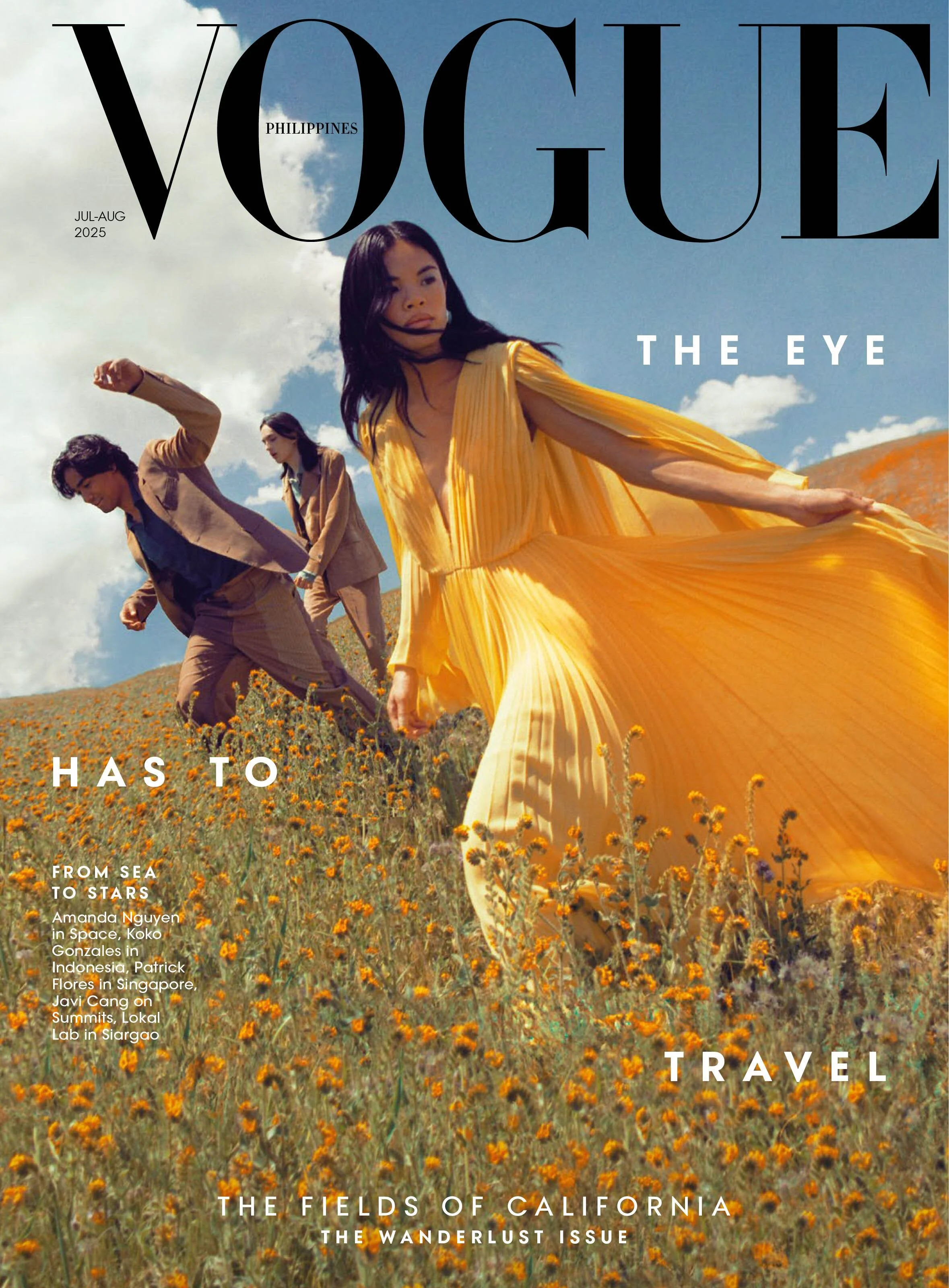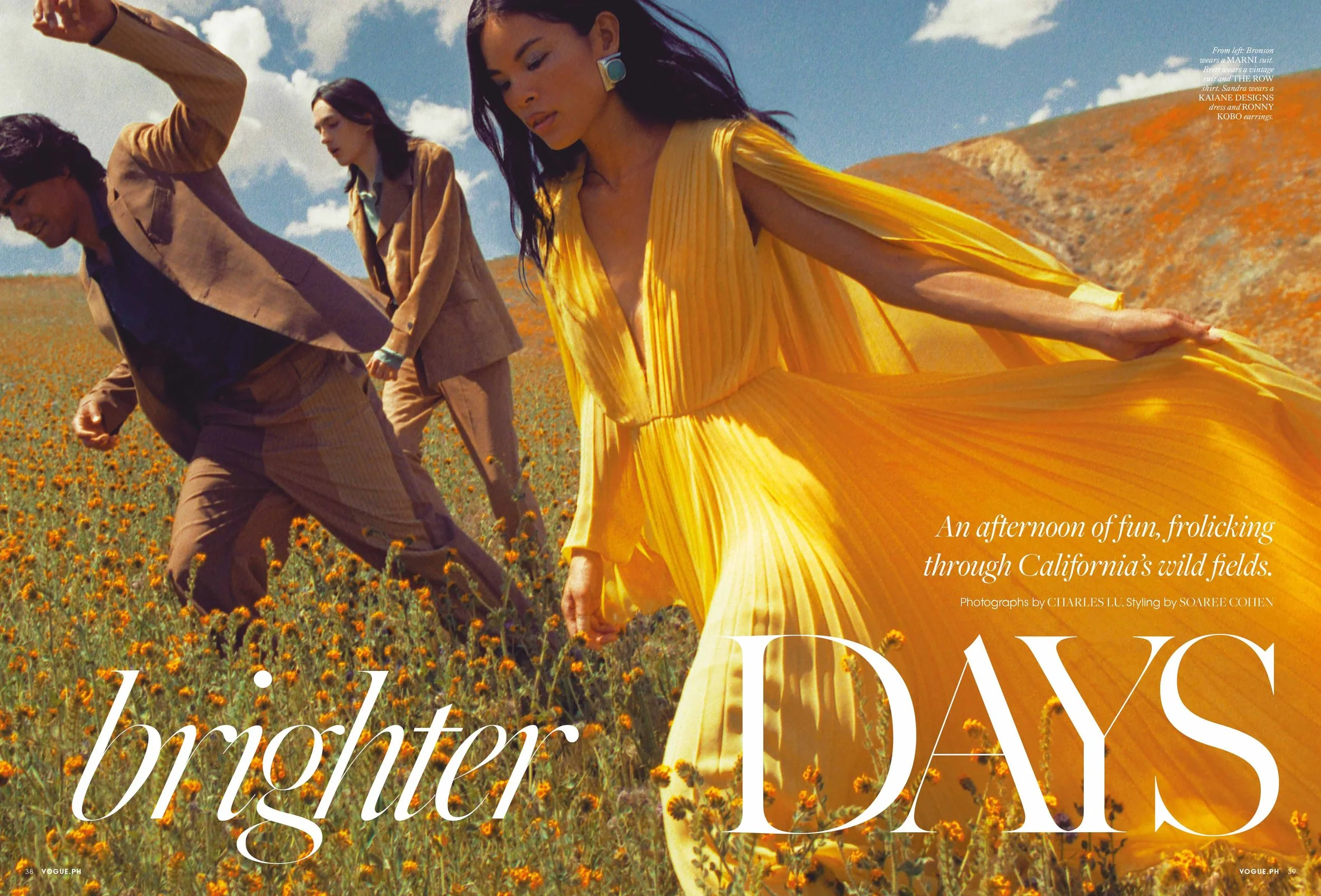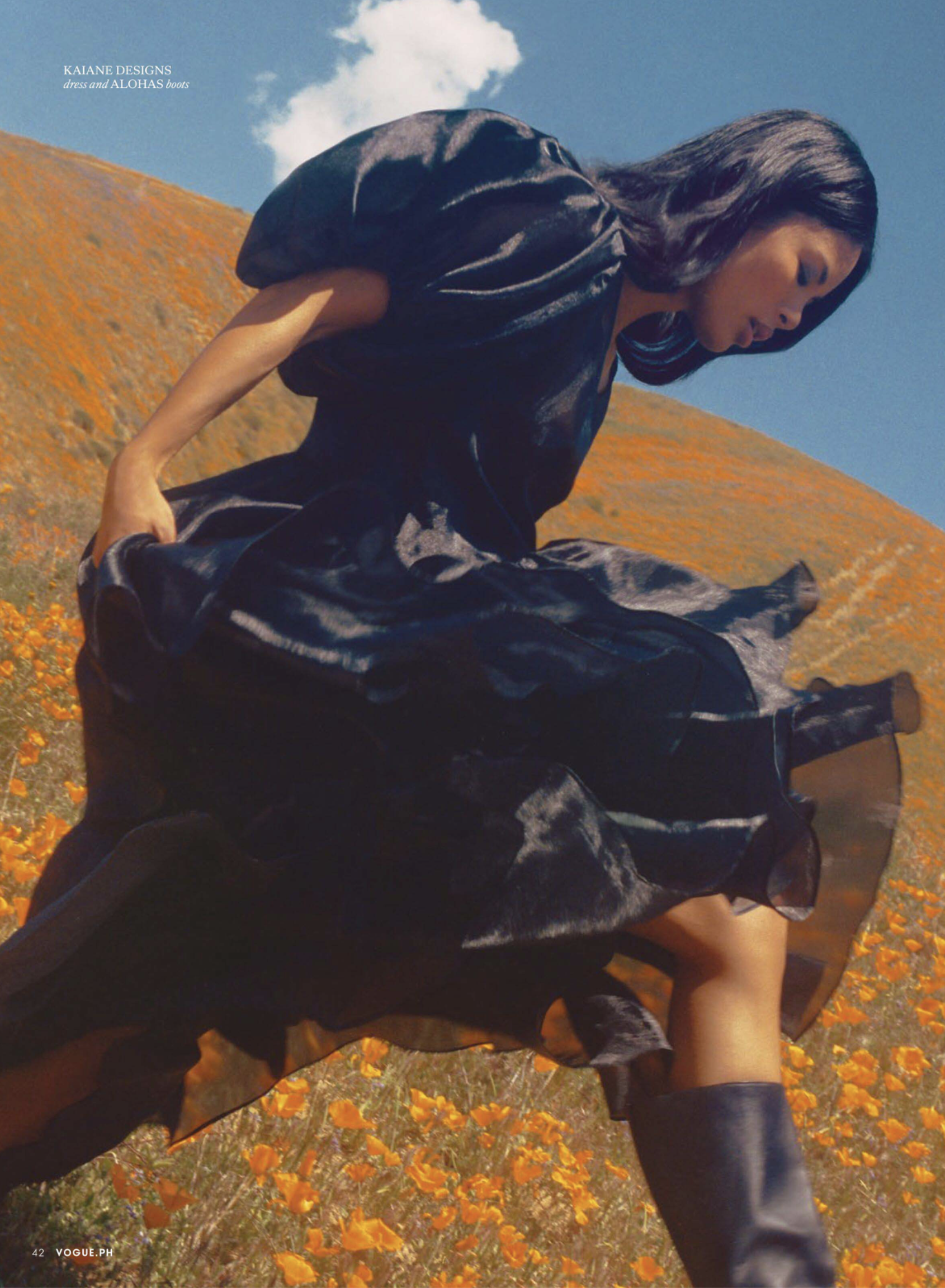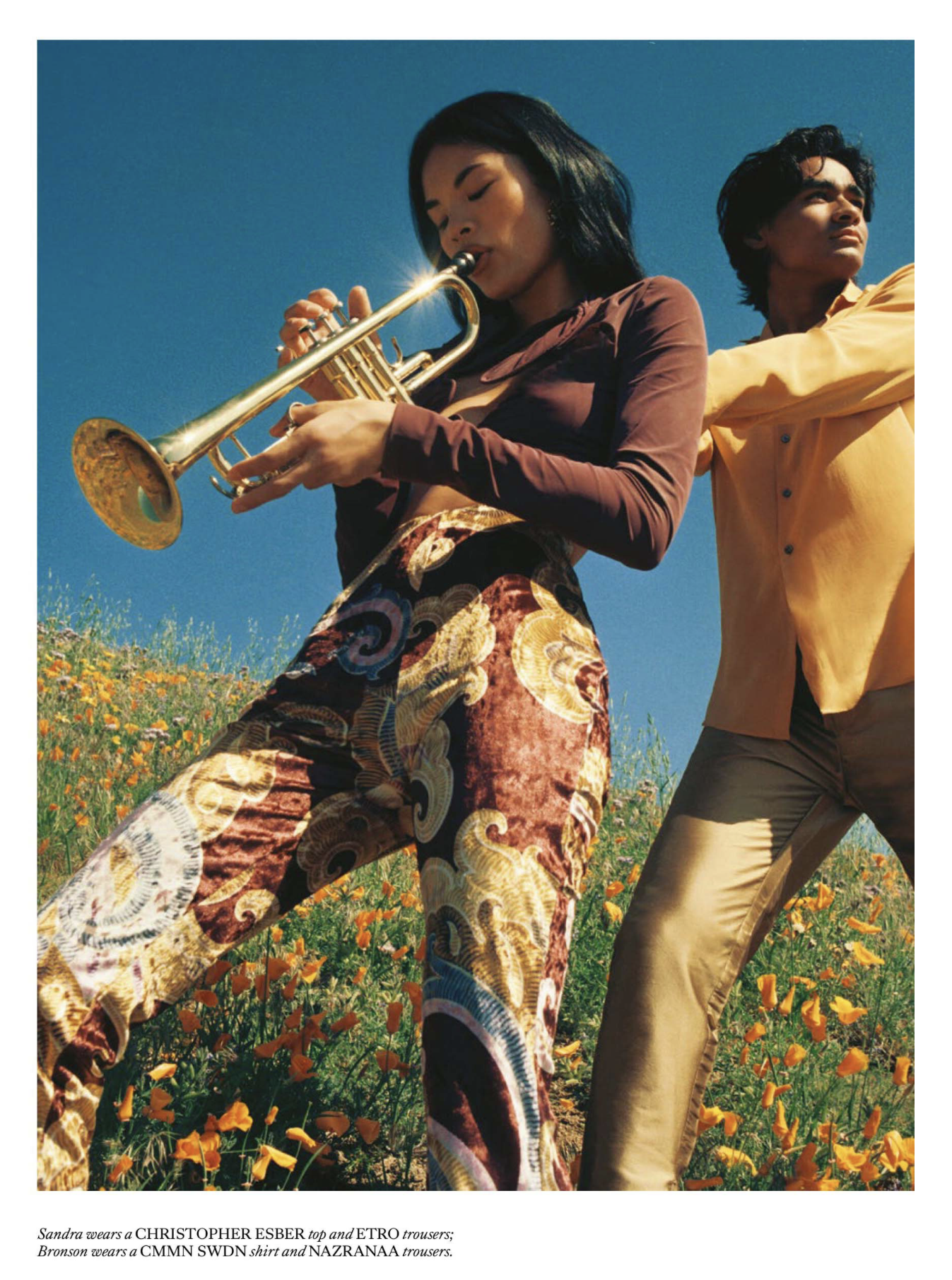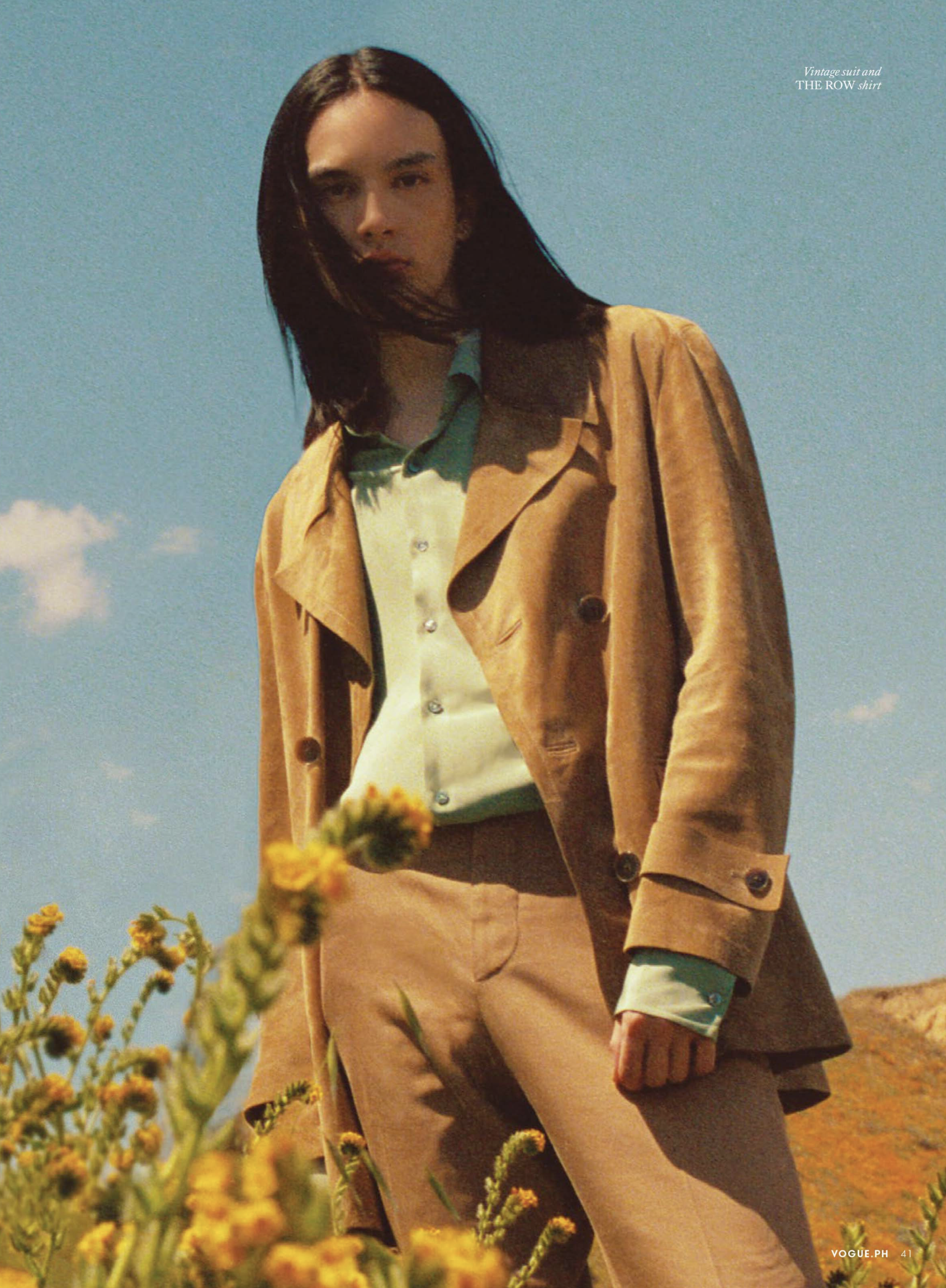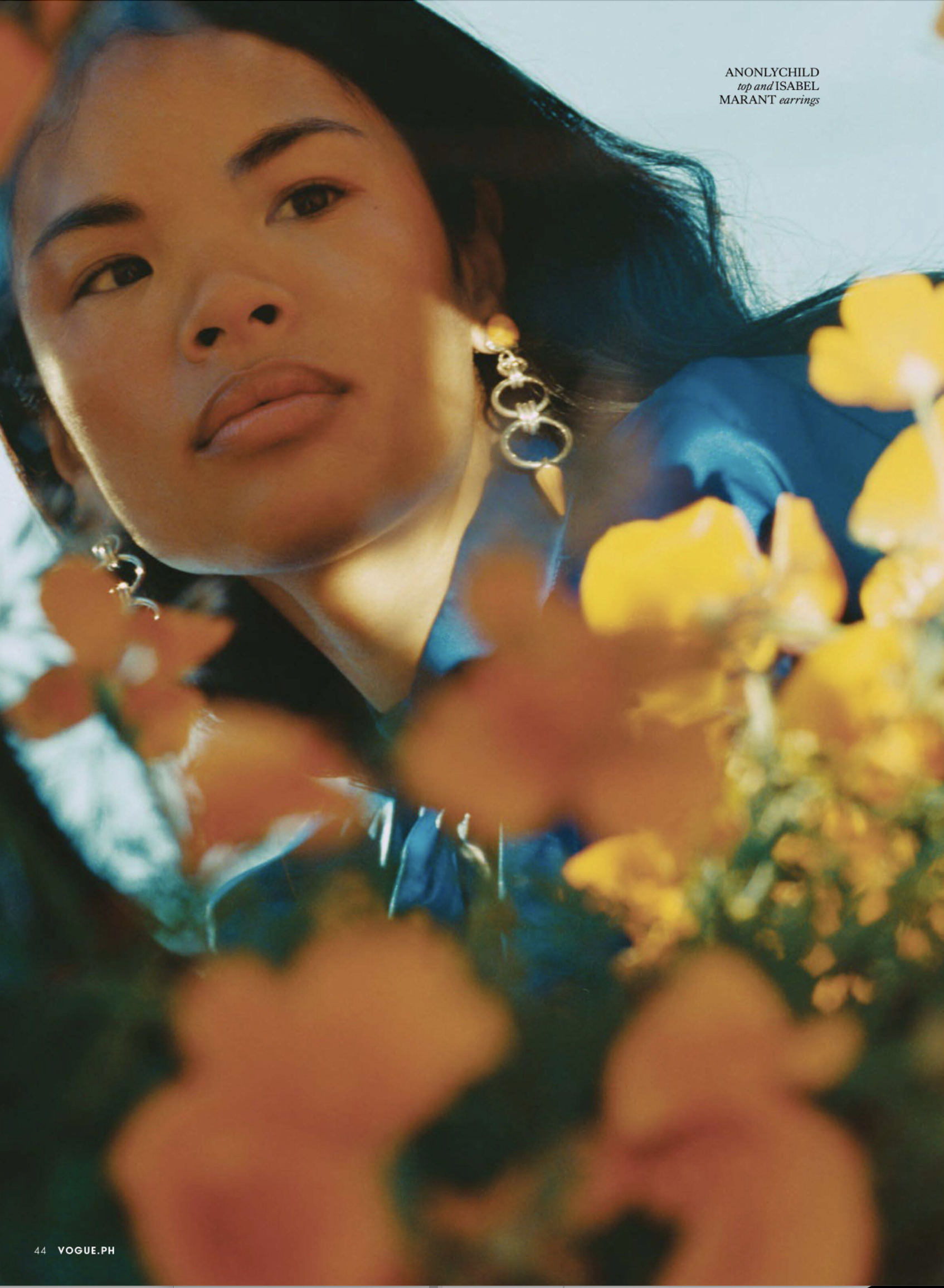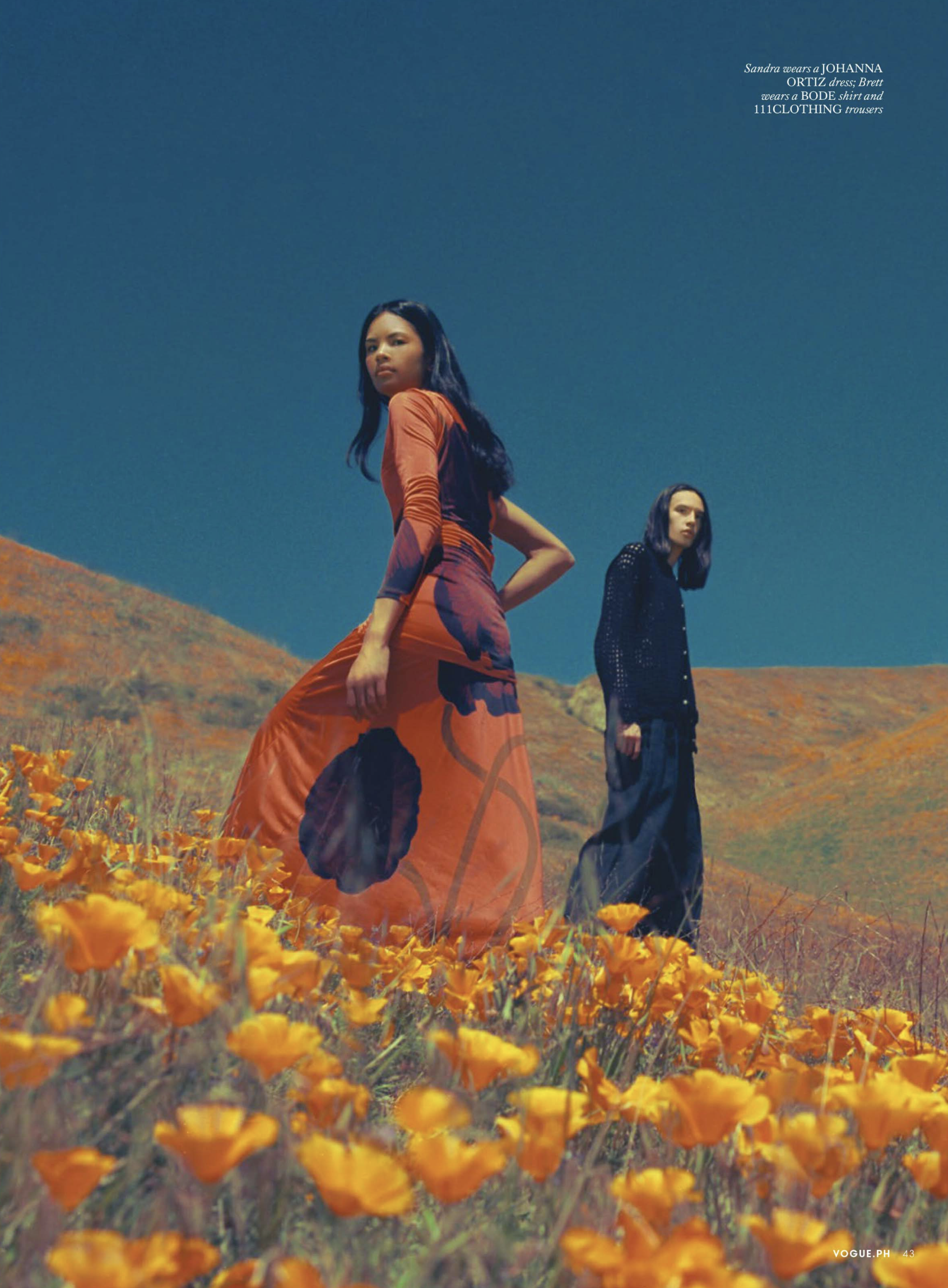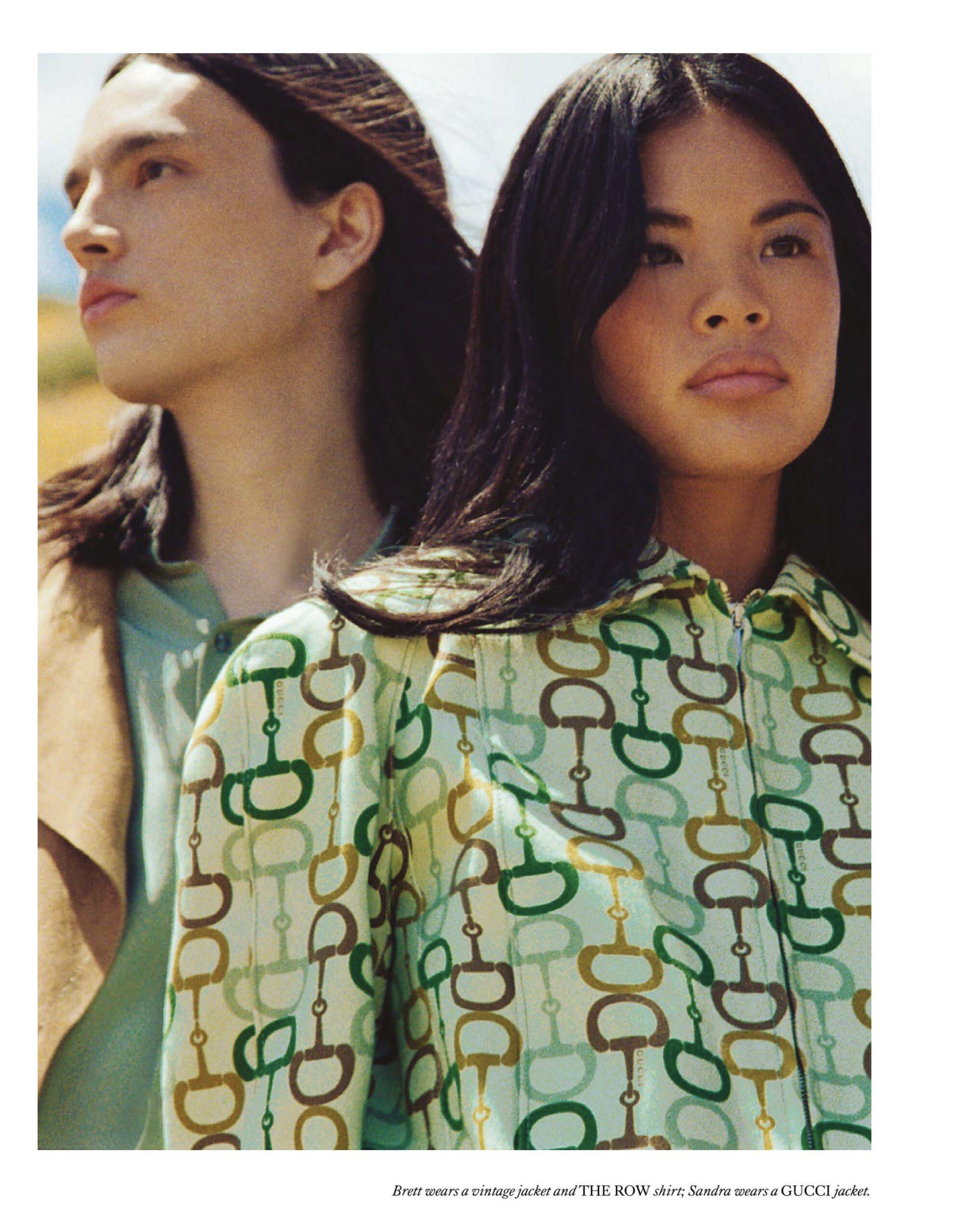Vogue Philippines Explores Wanderlust and AOC Erupts with Discovery of DRD4-7R Gene
/The July-August 2025 issue of Vogue Philippines [IG] feeds our wanderlust desire, a trait not experienced by all humans in the same way.
As always, AOC is on the hunt for new discovery and we found a lollapalooza-size surprise. There is a probable link between wanderlust and the DRD4-7R gene variant. Who knew?
In the fashion story ‘Brighter Days’, models Sandra Drifter, Brett Prendergast and Bronson Garel explore the fields of California, styled by Soaree Choen in vintage, Gucci, Kaiane Designs, Marni, Ronny Kobo, The Row and more.
Clearly, the terrain at Elizabeth Lake in the Sierra Pelona Mountains — pictured here — helped to create images awash in wildflowers, draped in sun-washed silks, retro tailoring, and a warm haze of memory captured eloquently in images by Charles Lu [IG]. / Makeup by Monique Mazer; hair by Terri Walker
What Makes for a ‘Superbloom’
It wasn’t a ‘Superbloom’ year in 2025, no matter what Vogue Philippines says, thanks to a brutally-dry winter. When the rainfall came, it was too little and too late to germinate the seeds lying dormant in very dry soil.
Even in seemingly good years, the wildflowers have very particular needs. In the case of poppies, daily sprinkles or showers in spring don’t deliver the minimum half an inch of rain at one time to reboot nature into a visually dazzling performance.
Wind that is too intense — or not enough wind during the incubation process — can also cancel a superbloom.
All of these variable conditions impact the promise of a desert spectacle in good times. Experts haven’t begun to understand the impact of climate change on California’s annual flower show.
Experts note that on average two years in a decade experience this rapturous pinacle of bloom wonderment. Let’s hope that history doesn’t hold because California has witnessed superblooms in 2017, 2019, 2020 and 2023 — that’s four years in the last seven, covering two decades.
Our spirits need a superbloom and can’t wait until 2030 or even longer.
Humans and Wanderlust
Returning to this unexpected discovery of the DRD4-7R gene, dubbed the ‘wanderlust gene’, it’s a variant of DRD4, a receptor which controls our dopamine levels.
Researchers remind us that most people can get their dopamine fix from small pleasures like eating chocolate or camping by the lake. The DRD4-7R gene variant is linked to lower dopamine sensitivity, and it’s believed that one in five people has this mutant gene.
National Geographic calls it the “restless” gene and discusses several studies that tie the gene to human migration patterns, including early humans migrating out of Africa.
Dozens of human studies have found that DRD4-7R makes people more likely to take risks; explore new places, ideas, foods, relationships, drugs, or sexual opportunities; and generally embrace movement, change, and adventure.
Anne is so gobsmacked with this information that AOC won’t write anything more about the DRD4-7R gene until we’re on firm ground intellectually and scientifically.
Thanks Vogue Philippines for unintentionally giving our brains a big spin today. This discovery is an entirely different kind of superbloom. This is a BIG idea. ~ Anne
